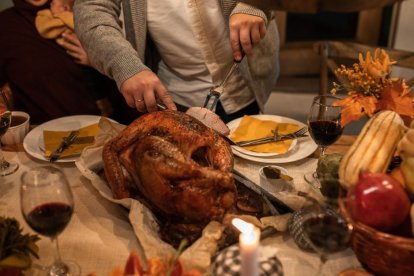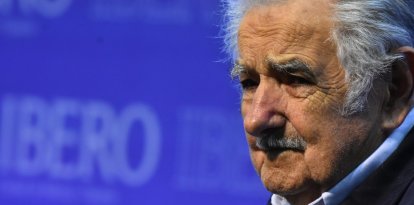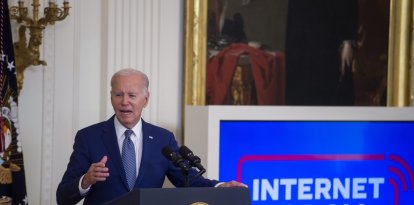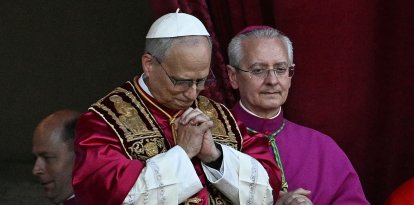Thanksgiving Day, a very Hispanic tradition
In the 19th century, the celebration became an official holiday in the United States, thanks to the influence of people such as Sarah Josepha Hale, who advocated for it to be recognized as a national holiday.

(Pexels)
Thanksgiving is one of the most important holidays in the United States. It is celebrated on the fourth Thursday of November. This day is generally associated with the arrival of the Pilgrims to America in 1620 and their celebratory dinner with the Native Americans in 1621. While this narrative is widely known and promoted, the Hispanic origin of Thanksgiving is often overlooked.
To address the topic, we must go back to the time of colonization and the exploration voyages of the Spanish in America in the 16th century. History shows that the first time Thanksgiving was celebrated was 56 years before, in Florida and by a Spaniard, according to the Hispanic Council.
According to the Hispanic Council, "In August 1565, the Asturian Pedro Menéndez de Avilés founded the first European settlement in North America in San Agustín (Florida). Faced with the incoming French settlers, who threatened the Spanish establishment in the new continent with their presence south of Carolina, the Monarchs of Spain sent Menéndez to defend their beliefs. A few days after his arrival, with the help of the Saturiwa tribe, Menéndez attacked Jacksonville, then called Fort Caroline, and executed more than 50 prisoners whom he accused of intrusion into what was considered part of the Spanish continent."
In the 19th century, Thanksgiving became an official holiday in the United States, thanks to the influence of people such as American activist Sarah Josepha Hale, who advocated for it to be offically recognized. Finally, President Abraham Lincoln proclaimed Thanksgiving as a national holiday on October 3, 1863, amid the Civil War, as explained by National Geographic.
Finally, the Hispanic origin of this holiday is an important and little-known aspect. This Hispanic heritage adds to the cultural diversity of the United States and shows how the traditions and culture of Hispanics contribute to our great nation.
RECOMMENDATION





















